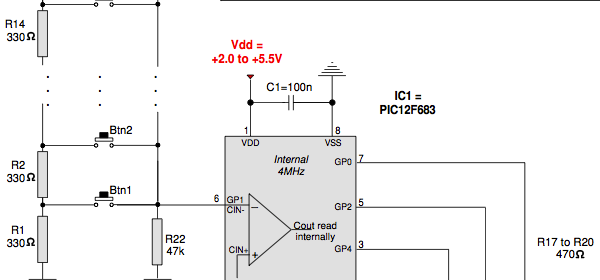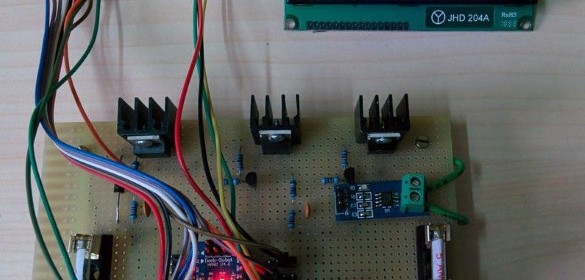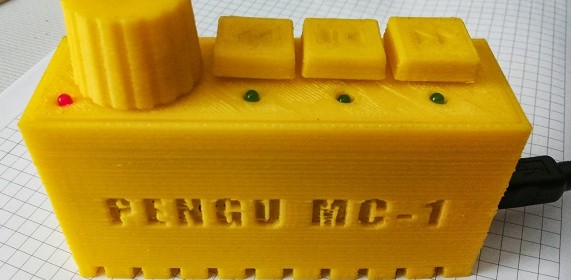Access 15 tact switches with one input pin

A while back I posted two articles on reading multiple tact switches using a minimal number of I/O pins of PIC microcontroller. One of them uses a resistor-divider network to create an unique range of analog voltages for each keypress. The voltage is then measured through an ADC input channel to detect which key has been pressed. Another approach was a 2-wire keypad interface using 555 timer IC configured as an astable multivibrator. The 555 timer is configured to generate a specific frequency of oscillation for each key press. However, these are not the only methods out there. Benabadji Noureddine’s recent
Read more


